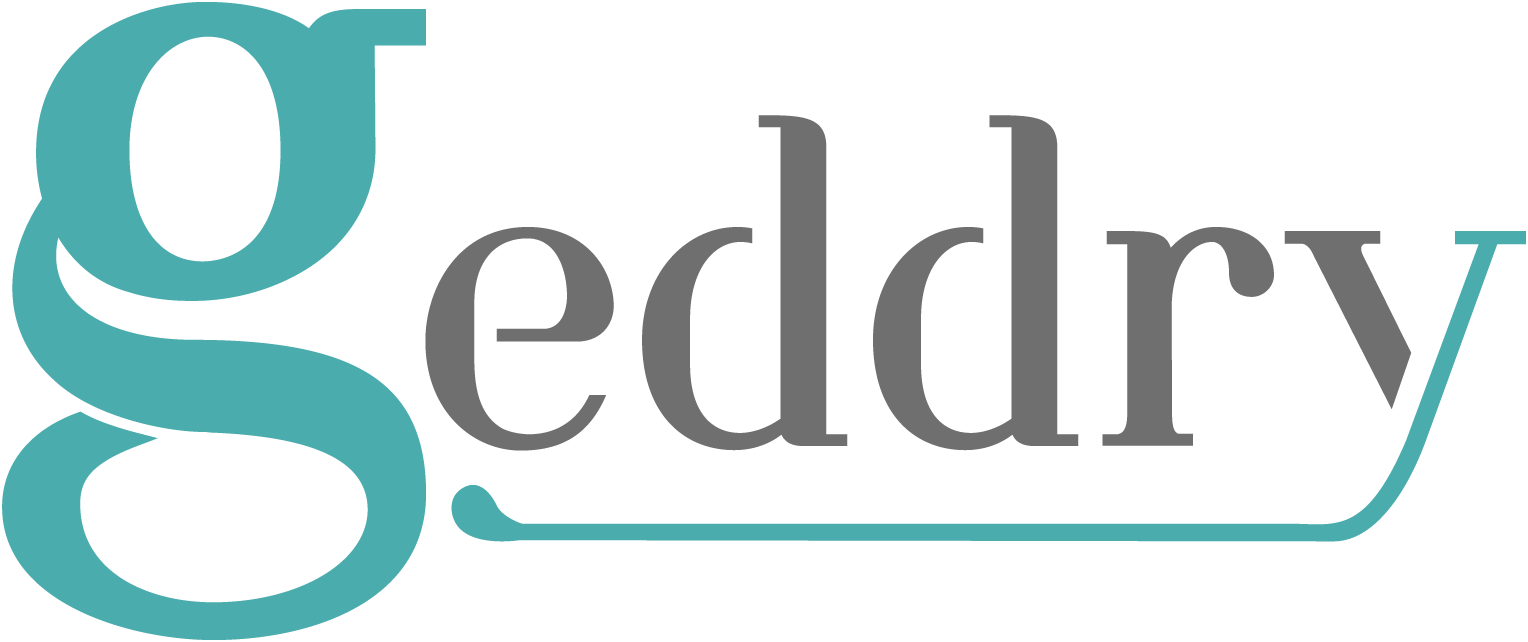Storage is always the problem with renewable energy, what do you do with the excess power produced at times? How do you use it later? In Europe they are able to use the grid to feed excess power throughout several countries and now they are working on a huge centralized battery backup.
The battery can be used to store not only wind but also solar energy, for example, in the million-roof program in California, Sharman said.
Replacing the centralized electricity generation system with a million mini solar power plants on roofs might find a storage system useful, he said.
The flow battery was developed at the University of New South Wales in Australia in the early 1980s and developed by Vancouver-based VRB power systems. It generates a current by putting large amounts of oppositely charged electrolytes in a vanadium sulphate solution in motion between positively and negatively charged electrolytes.
The battery soaks up electricity when the wind turbines produce an excess amount for the system. It then feeds the electricity into the system almost instantaneously as soon as the wind speed drops. It can make electricity from wind 95 percent constant.
The VRB battery can be deep-cycled 14,000 times, much more than a conventional lead-acid battery. It is also greener than other batteries and made without toxic metals as lead, cadmium, zinc, and nickel.
This is definitely good news although 14,000 times is not really very long before the batteries need replacing. Another technology which I am fascinated with is super or ultracapacitors which have millions of charge and discharge cycles and are environmentally benign. The next issue is how centralized is practical? Are we talking neighborhoods, districts or the existing paradigm? Small banks of storage at distribution level voltages will likely be more efficient but then I am a fan of decentralization.

